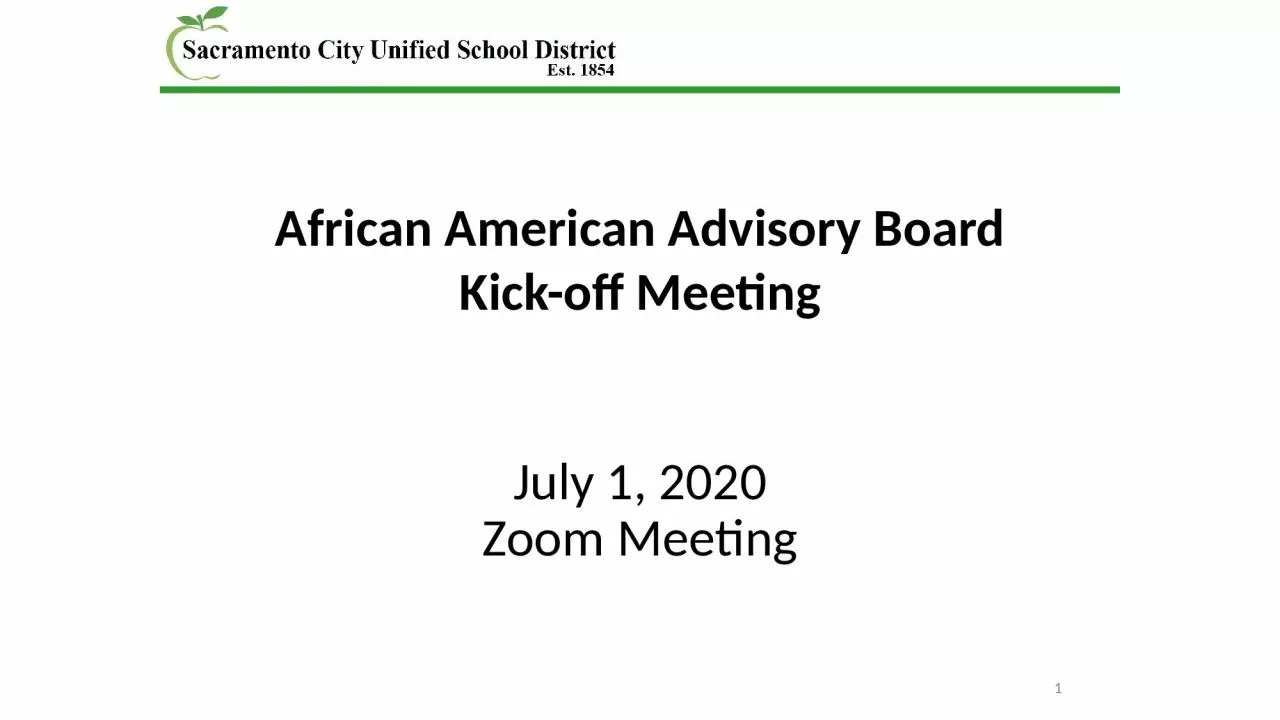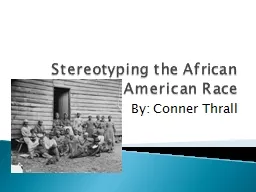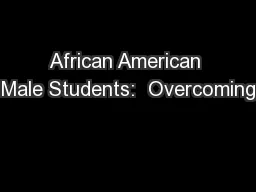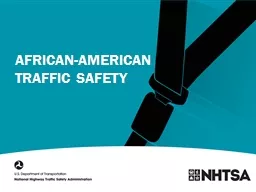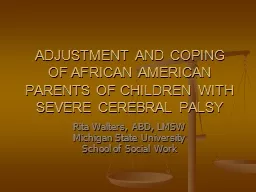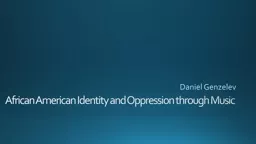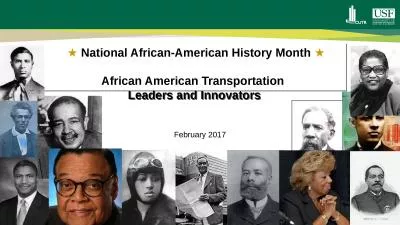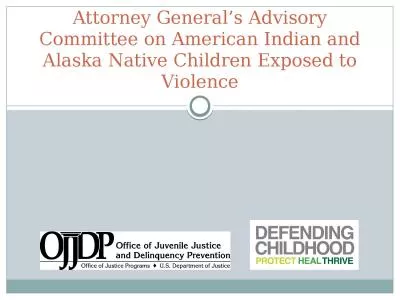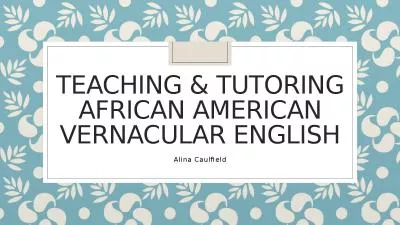PPT-African American Advisory Board
Author : abigail | Published Date : 2023-11-20
Kickoff Meeting July 1 2020 Zoom Meeting 1 AGENDA Welcome and Thanks Special Presentation from the superintendent of the Sacramento City Unified School District
Presentation Embed Code
Download Presentation
Download Presentation The PPT/PDF document "African American Advisory Board" is the property of its rightful owner. Permission is granted to download and print the materials on this website for personal, non-commercial use only, and to display it on your personal computer provided you do not modify the materials and that you retain all copyright notices contained in the materials. By downloading content from our website, you accept the terms of this agreement.
African American Advisory Board: Transcript
Download Rules Of Document
"African American Advisory Board"The content belongs to its owner. You may download and print it for personal use, without modification, and keep all copyright notices. By downloading, you agree to these terms.
Related Documents

